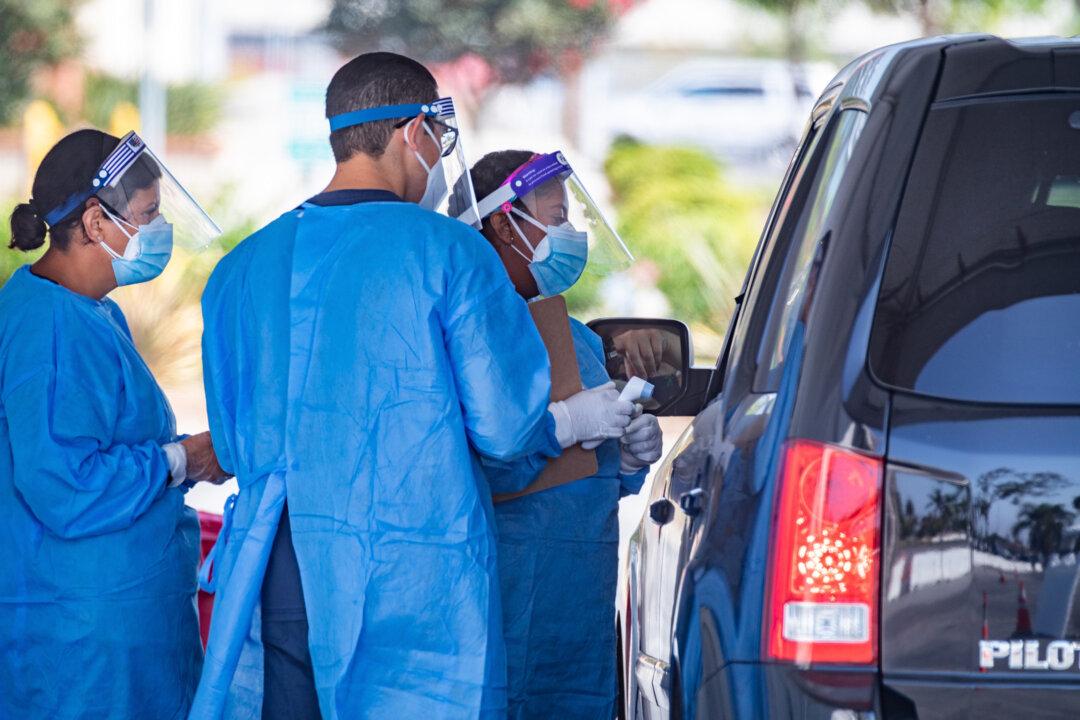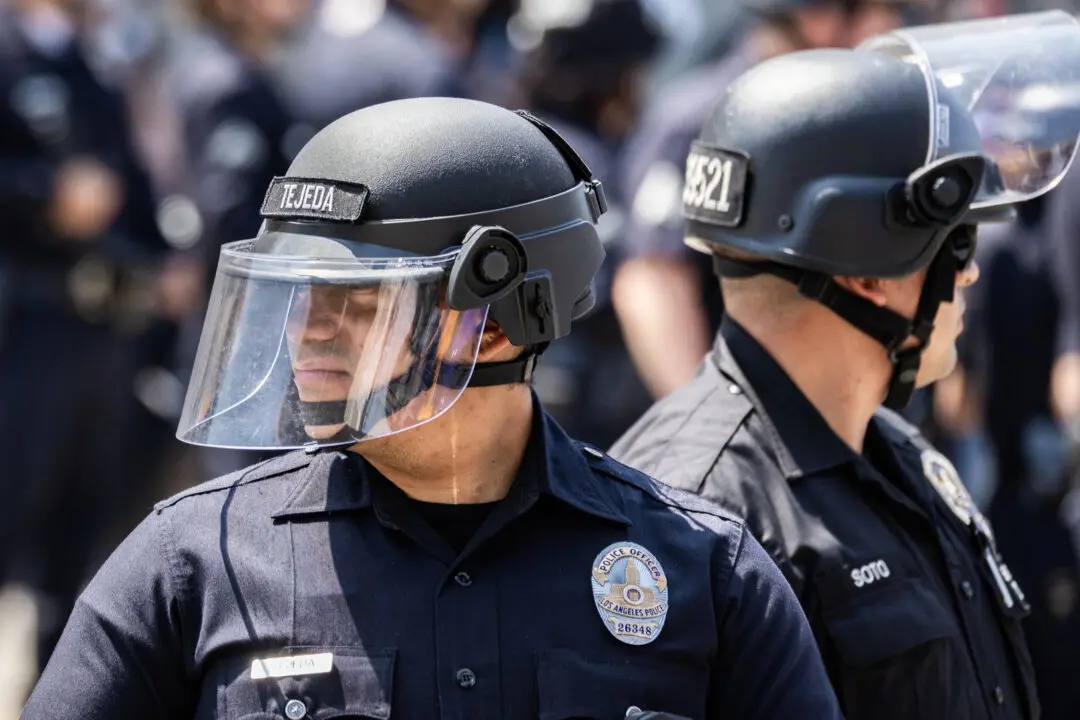SANTA ANA (CNS)—Orange County is just short of making it from the red to the less-restrictive orange tier in California’s COVID-19 monitoring system, but officials say the county’s overall numbers are trending in the right direction.
The Orange County Health Care Agency reported 109 new COVID-19 cases on Sept. 29, and 33 additional deaths. Although the fatalities were the highest number received in one day since the pandemic began, officials say they were actually spread out over the past few weeks. COVID-19 deaths are received from multiple sources such as hospitals and the coroner’s office and come in at staggered times.





